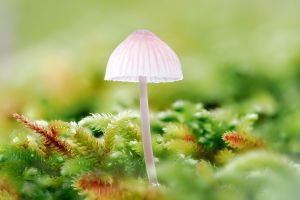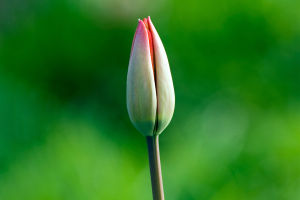White orchids symbolize beauty and purity with their elegant blooms and graceful appearance.
These stunning plants can be a striking addition to any home or garden; with the proper care, they can bloom year after year.
1. Choosing the Right White Orchid
Popular Varieties: Phalaenopsis, or "moth orchids," are the most common and beginner-friendly. They have large, round petals and are known for their resilience.
Healthy Selection: When choosing a white orchid, look for firm leaves, a healthy root system, and buds that are just starting to open. Avoid plants with wilting flowers or brown spots on the leaves.
2. Ideal Growing Conditions
Light: Orchids thrive in bright, indirect light. Position them close to a north or east-facing window. Keep them out of direct sunlight, as it can burn the leaves.
Temperature: White orchids prefer a temperature range of 65-75°F (18-24°C) during the day and slightly cooler at night. Keep them away from heaters and drafts.
Humidity: Orchids need moderate humidity, around 50-70%. If your home is dry, consider using a humidity tray or misting the plant occasionally.
3. Watering and Feeding
Watering: Water your white orchid once a week, allowing the potting medium to dry out slightly between waterings. Water with room-temperature water, being careful not to wet the leaves. Overwatering is a frequent mistake that can cause root rot.
Feeding: Fertilize your orchid every two weeks with a balanced orchid fertilizer during the growing season (spring and summer). Reduce feeding in the fall and winter when the plant is not actively growing.
4. Repotting and Maintenance
Repotting: Orchids need repotting every 1-2 years. Use a specialized orchid potting mix that allows for good airflow to the roots. Repot after blooming to avoid disturbing the flowering cycle.
Pruning: After the flowers fade, you can trim the flower spike back to encourage new growth. Cut the spike back to the base if it turns brown.
5. Common Issues and Solutions
Yellow Leaves: This can indicate too much light or overwatering. Adjust the care routine accordingly.
Lack of Blooms: If your orchid isn't blooming, it may need more light or a cooler night temperature to trigger flowering.
Conclusion
White orchids are beautiful and relatively easy to care for with a bit of attention and knowledge. With the right environment and care, you can enjoy the elegance of these stunning blooms for many seasons.
So, Lykkers, whether you're a seasoned gardener or a beginner, white orchids can bring a touch of nature's artistry into your home.
Orchid Care for Beginners - What to do after Phalaenopsis blooms fall? Cutting spike & aftercare
Video by MissOrchidGirl


